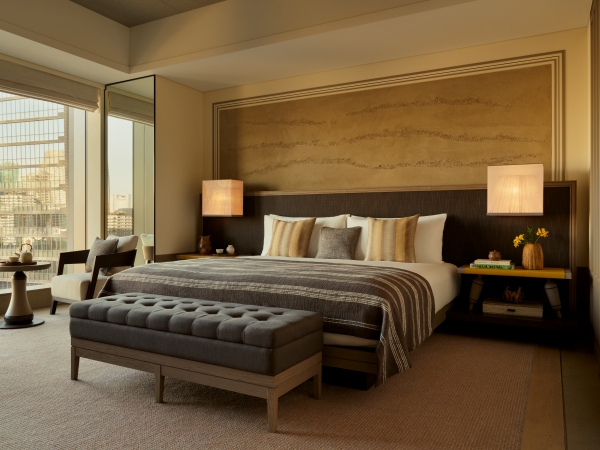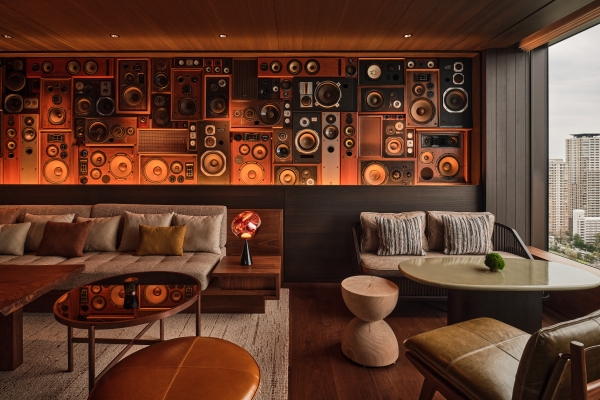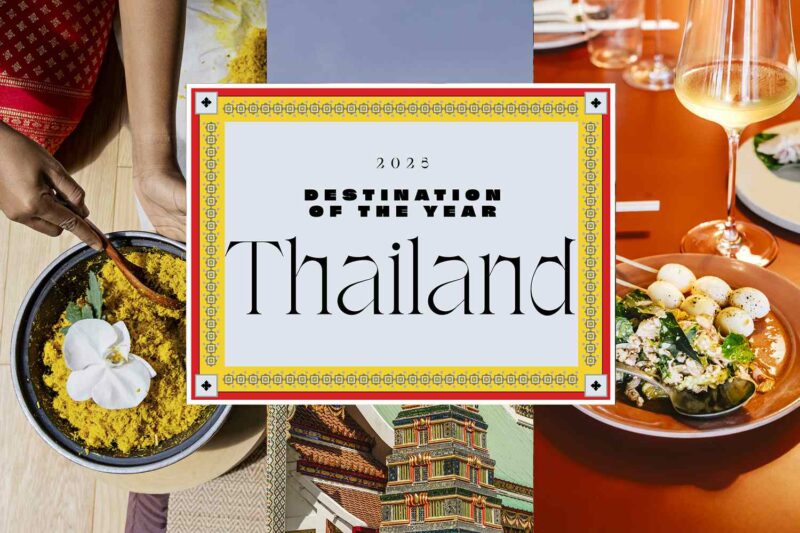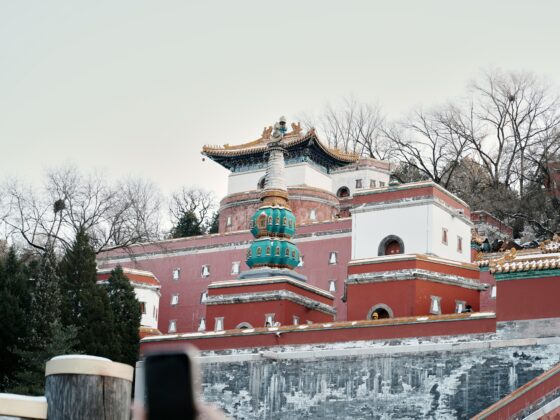The debate over whether there are too many hotel brands is enduring, but no matter one’s opinion, new brands keep popping up with no letup in sight.
Hospitality authorities point to myriad reasons, including changing market demographics, shifting appeals to owners and macroeconomic fluctuations. The hotel industry is unique, noted Chekitan Dev, distinguished professor of hospitality business at Cornell University, in the sense that brands are constantly birthed but not many die. As a result, he said, “I like to say that hotel brands are not over-created but under-destroyed.”
One reason, said Dev, is that unlike goods—brands that can be phased out much easier—hotel brands are invested in by owners, who help to launch, grow and sustain them, given the multi-year duration of a typical franchise agreement, and not easy to phase out.
Brands are created for either demand-side or supply-side reasons, said Dev. Demand side reasons include: filling market gaps (an example is Hilton’s Graduate Hotels, developed specifically for university markets); changing demographics (like Marriott International’s citizenM for the urban, tech-forward, budget-conscious younger traveler); evolving market forces favoring more eco-friendly brands (think Starwood Hotels’ 1 Hotels) or the coming-of-age of tech-savvy traveler (newly represented by the AI-driven FlyZoo brand developed by Alibaba).
Supply-side reasons include existing brands that have oversaturated a particular market, especially where areas of protection exist, and a new brand or brand extension is needed to fill in a growing market—think IHG Hotels & Resorts’ Holiday Inn Express brand extension to complement Holiday Inn or Tru by Hilton, which was developed as an alternative to Hampton by Hilton. Other new brands are disruptors of existing brands, such as a big-box brand like Signia by Hilton that seeks to disrupt a legacy brand like Sheraton Hotels. A third segment are conversion brands that offer owners the ability to flex to a new flag from either another brand or an independent— Spark by Hilton, as an example.
The market has changed, said Neil Jacobs, the former CEO of Six Senses and now a senior strategic advisor at Capella Hotel Group, particularly at the luxury end. Smaller, more personality driven entries, like Capella’s sister brand, Patina, are chipping away at market share as customer preferences evolve. Consumers, said Jacobs, are more focused on wellness and not every brand is able to appeal to that need. Also, brands that can demonstrate that they care about the environment are taking market share.
In addition, Jacobs noted that brands need a narrative.” With smaller brands, “It’s not just about great service food and service, but there’s a story behind them,” he said.
Gilles Cretallaz, COO of Dusit International, which recently introduced Dusit Hotels, said a number of trends, including Gen-Z travel and multi-generational trips, are driving new brands, especially flexible, conversion-friendly versions.
Aman Group, whose eponymous Aman Resorts is widely considered the pinnacle of luxury by a loyal following called Amanjunkies, launched a sister brand in 2020 called Janu, which is equally luxurious (and expensive), but where Aman is known for its tranquility and respite, Janu offers a more dynamic, social stage. “It is a brand designed to feel more open and dynamic, inviting guests not just to retreat, but to engage, share and discover,” a representative from Janu said. Janu Tokyo opened in March 2024 and there is a global pipeline of 12 destinations for the brand including the forthcoming Janu Turks & Caicos, Janu Dubai, Janu Diriyah and Janu AlUla.
There’s room for more brands, said Jamie Bruce, president of Teneo Hospitality Group, a representation and marketing firm, because traveler expectations and owner needs evolve faster than legacy flag architectures. “New brands crystallize a clear point of view—purpose, price-to-value, guest experience and vibe—and give owners conversion-friendly playbooks instead of one-size-fits-all standards,” he said.

Filling Gaps
Lodging companies maintain that their brand additions fill gaps; otherwise, there is no rationale for doing them. Patina, said Jacobs, fills a space between luxury and lifestyle hotels. “Why can’t you have a luxury lifestyle hotel with more vibe, with a focus on music and wellbeing and no white tablecloths? We call it transformative luxury.”
Cretallaz cited two clear holes that called for the creation of Dusit Hotels. First, there was a need for a brand in the upper-upscale space that balances consistency with genuine localization. Second, guests increasingly want a sense of purpose built into their stay, whether that’s wellness, cultural connection or community impact.
Janu, according to Aman, “bridges the gap between solitude and sociability, offering guests the freedom to choose how they want to engage: whether through restorative wellness, culturally immersive experiences or communal dining that sparks authentic interaction.”
“The white space right now is experience-forward, wellness-literate and biophilic design at a sensible price point,” said Bruce. “Brands that blend lifestyle personality with serious meeting bones—great natural lighting, indoor/outdoor flow, frictionless tech—are filling that gap.”
Soft brands and collection plays are also surging, said Bruce, “because they keep a hotel’s independent character while plugging into distribution and loyalty ecosystems owners need.”
LivSmart Studios by Hilton, which launched in 2023, is Hilton’s answer for the midscale extended-stay space and currently has two hotels open in Tennessee and Indiana and a pipeline of more than 350 active deals. Isaac Lake, brand leader of LivSmart, said the brand addresses the $300-billion workforce travel market that has continued to expand, especially with the rise in demand for more flexible and affordable long-stay accommodations. The hotels, he said, cater to those with relocation needs and traveling professionals like nurses, families or remote workers with average stays of 10 nights or longer.

Fitting In
Brand portfolios expand vertically and horizontally, said Dev. Vertically, portfolios add brands at new price points to tap into unserved or underserved markets (think Marriott adding Bulgari to serve the uber-luxury market). Horizontally, portfolios add brands (e.g., Element created to be an eco-friendly Westin at a similar price point) or brand extensions, such as legacy brands adding all-suites or extended-stay versions.
Minor Hotels jumped into the brand proliferation game with gusto in July, unveiling four new brands: The Wolseley Hotels (luxury with British flair), Minor Reserve Collection (luxury soft brand), Colbert Collection (premium soft brand) and the select-service iStay Hotels. “We identified whitespace in the luxury lifestyle and conversion segments,” said Ian Di Tullio, chief commercial officer of Minor Hotels. Soft brands, once considered optional, are now essential, Di Tullio added, allowing independent hotels to keep their identity while getting the marketing and distribution support of a larger lodging company.
In some cases, adding brands helps avoid “brand stretch,” said Bruce. “With too few brands in a portfolio, there is risk of diluting the unique value of each brand,” he said. “A well-balanced portfolio provides the flexibility to grow while protecting brand integrity.
Dusit Hotels, said Cretallaz, anchors the upper-upscale tier, sitting above dusitD2 in lifestyle upscale, Dusit Princess in upper midscale and ASAI Hotels in lifestyle midscale. It also sits alongside the soft brand Dusit Collection and Dusit Suites, which caters to the long-stay upscale segment.
Hilton has always been laser focused on drawing distinctions, often referred to as swim lanes, between its brands, said Lake. Each Hilton brand, he said, offers a unique proposition to provide more options to owners for development and for guests “to dream and stay at amazing hotels for various occasions and needs.”
Rather than competing with the likes of Homewood Suites and Home2 Suites, LivSmart Studios extends the portfolio’s reach by attracting new guests who may not have stayed with Hilton before, while also giving existing customers another option for different types of trips.

Owner Aimed
Brand success and growth hinge on their appeal to existing owners of other brands and new hotel owners searching for a brand. Adding brands, Dev said, provides multiple benefits for owners, including pricing power by controlling a larger inventory all served by the same channel, economies of scale by spreading their cost, infrastructure and management over multiple hotels serving different sub-markets and limiting cannibalization.
“The new brands absolutely present more options for investors,” said Jacobs, adding that he expects there will ultimately be more Patinas than Capellas.
Many owners operate multi-brand portfolios, said Cretallaz, so they want distinct propositions that won’t eat up each other. At the same time, they want conversion-friendly flags that can adapt to existing assets and reduce capital outlay.

Future of Flags
Brands will keep coming, said Jacobs, but they will have to be narrative driven. “They will have to have a point of view and stick to it. You can’t be another lovely, plain vanilla brand because that space is too crowded.”
In the next phase of brand portfolios, said Dev, there will be some streamlining. For example, Accor spun off Ennismore, which shrank its portfolio from about 55 brands to about 43.
Sometimes, Dev noted, brands do die. Holiday Inn Select was phased out, Stouffer Hotels was eliminated when they were converted to Renaissance and Formule 1 and Etap hotels in Europe were folded into Ibis by Accor. An occasional brand may disappear, but another steps in to fill its place.








